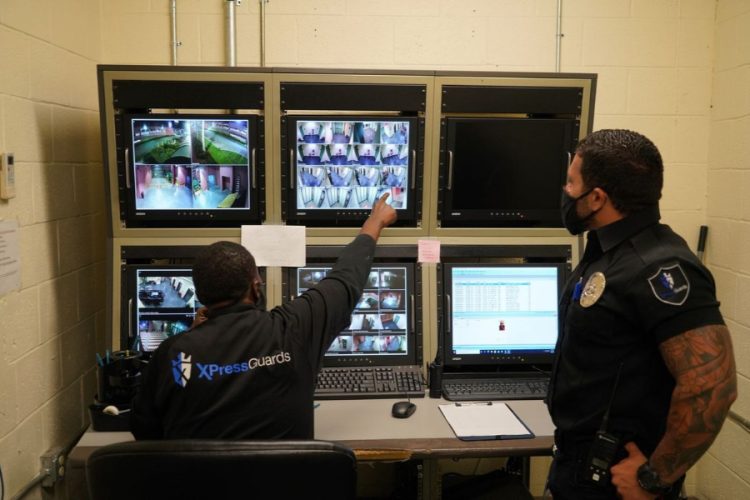Modern workplaces face new challenges every day. From growing foot traffic to the constant flow of deliveries, companies need stronger layers of protection. That is why trained and certified security personnel have become essential. Their presence creates stability. Their skills create confidence. And their qualifications, especially those tied to formal training, help shape a safer work environment for everyone.
Stronger Workplace Foundations With A Security Guard Card
A security guard card, which serves as the official certification showing a guard has completed required training and background checks, builds the foundation of reliable workplace protection. It ensures a guard understands the legal limits of their role and the practical skills needed for daily operations. This simple card represents professionalism. It proves preparedness. Companies that rely on certified guards gain assurance that the first line of defense is strong and informed, especially when the security guard card validates their readiness.
Enhanced Response Skills Through Security Guard Card Training
Security guard card training introduces guards to real-world scenarios and practical decision-making, giving them the tools needed to respond quickly and confidently in tense moments. Trained guards recognize threats earlier. They communicate more clearly with staff. They maintain order even when situations escalate. This type of training improves judgment and builds instincts. And because the curriculum behind a security guard card outlines everything from emergency protocols to conflict de-escalation, workplaces benefit from sharper, faster responses supported by the security guard card at the end of the instruction.
Greater Trust And Accountability With The Security Guard Card Credential
The presence of a certified guard builds trust among employees, clients, and management. Workers feel more secure when they know the person watching over the property has gone through proper vetting. The badge and uniform carry meaning, but the official credential offers assurance that the guard has met industry standards. It reinforces transparency and responsibility. A guard who carries a verified security guard card demonstrates dedication to their role and applies that professionalism during daily operations, ultimately supporting workplace credibility backed by the security guard card itself.
Improved Workplace Safety Culture Shaped By Security Guard Card Standards
Workplace culture changes for the better when safety becomes a shared priority. Certified guards help guide that shift. They set expectations for behavior. They encourage awareness and thoughtful action. Training sets clear standards that ripple outward, influencing how teams communicate and prepare for unexpected events. This creates environments where employees stay alert and feel empowered to report concerns. The measurable standards tied to a security guard card provide structure, and that structure supports a more unified safety culture built around the security guard card framework.
Stronger Incident Prevention Built On Certified Guard Expertise
Preventing incidents is often more valuable than responding to them. Certified guards understand patterns and anticipate risks. They notice unusual activity before it grows into something more serious. Preventive action makes daily operations smoother and reduces disruptive events that could impact productivity. Their training gives them confidence to intervene early and professionally. Even in busy environments, certified guards maintain steady focus. Their preparation, anchored by the training behind a security guard card, strengthens prevention efforts supported by the guard’s verified security guard card credential.
Conclusion
Certified security personnel do more than protect property. They create safer, more confident workplaces. Their training builds discipline. Their credentials inspire trust. And their presence reassures teams during unpredictable moments. The security guard card adds legitimacy to their role and clarity to their responsibilities. In the modern workplace, where safety demands continue to evolve, that credential matters more than ever.

